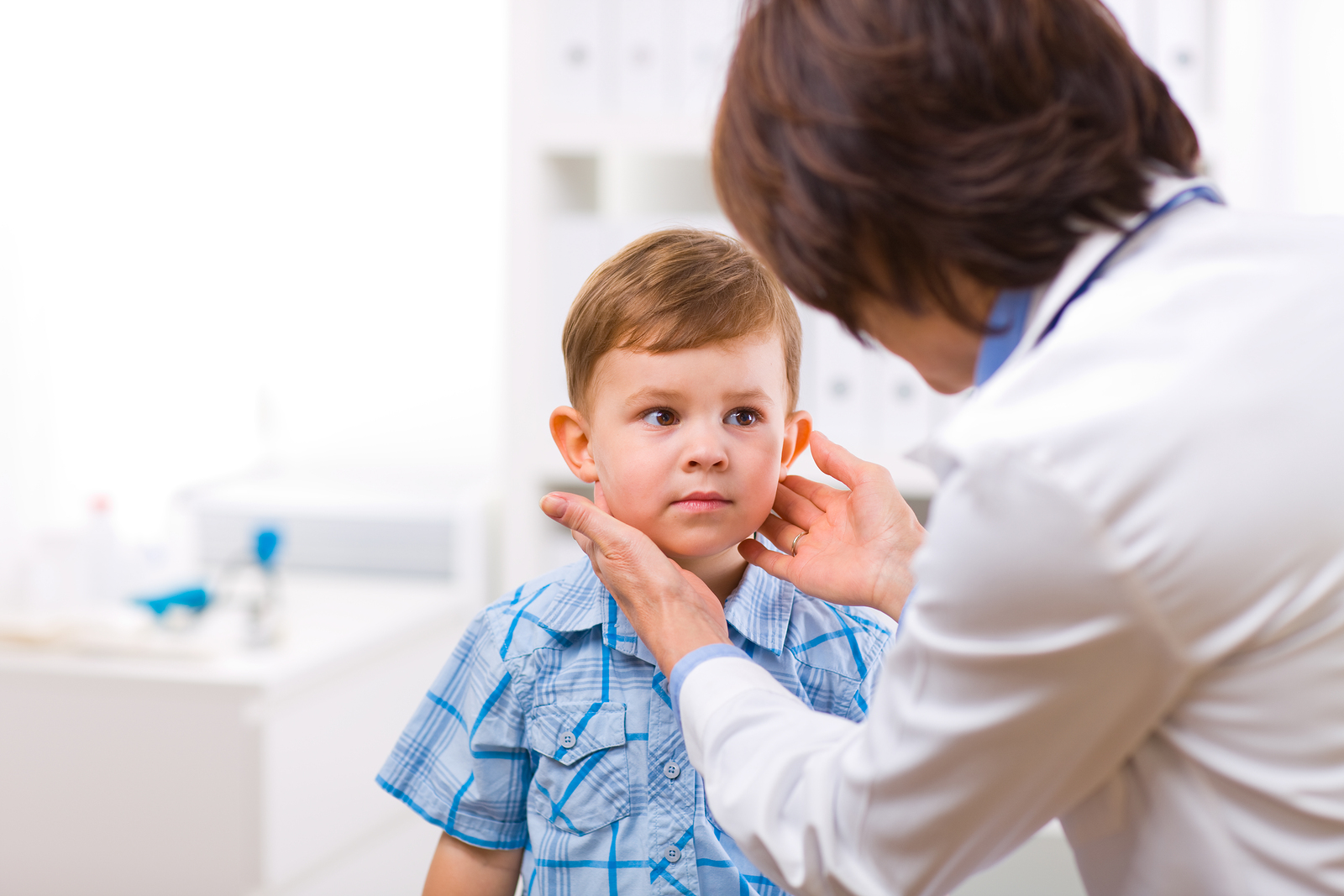Promethazine
Promethazine is often used in pediatric medicine to treat allergic reactions, nausea and vomiting, and is sometimes used as a sedative. The drug has been linked to potentially fatal respiratory problems in children, requiring promethazine manufacturers to use a black box warning.
What is Promethazine?
Promethazine belongs to a class of drugs known as sedating antihistamines. After receiving approval in 1951, promethazine has been used to treat several different pediatric health conditions such as allergies and nausea.
The most common uses for promethazine include:
- Allergic reactions: Relieves skin rashes and symptoms related to allergies caused by pollen, mold and dust. It can also help treat reactions to blood or plasma products. Physicians often prescribe promethazine for sudden, severe allergic reactions.
- Nausea and vomiting: Prevents nausea caused by motion sickness and vertigo. May be used with other medications after a medical procedure or surgery to control vomiting and reduce pain.
- Sedation: Helps relax patients before and after surgery, during labor and other medical procedures. A doctor may use it to help an individual go to sleep and lessen their anxiety while in the hospital.
Promethazine is marketed under the brand name Phenergan and other generic products. It comes in three forms: syrup, elixir and tablet. Since promethazine is only available with a doctor’s prescription, talk with your physician about the medications your child is currently taking and potential side effects.
While promethazine has many benefits for pediatric patients, it has been known to cause adverse reactions. In 2000, the drug’s label was updated to include warnings about health risks linked to children. Several years later in 2004, promethazine received a black box warning – the strictest pharmaceutical label – due to the dangerous effects of its IV-push administration.
How does Promethazine work?
When some children are exposed to certain allergens such as pollen and dust, their body releases the chemical histamine. Histamines are what cause allergic reactions – sneezing, coughing, watery eyes and skin rashes.
Promethazine works by blocking histamines, which ultimately prevents uncomfortable allergy symptoms. Although it helps control allergic reactions, it will not eliminate the cause of the chemical histamine.
The amount of promethazine prescribed and frequency of doses depends on a child’s health condition and the type of treatment. For example, promethazine is generally taken every four to six hours to relieve allergy symptoms. With motion sickness, however, it may be taken less frequently – usually every eight to 12 hours. Talk with your child’s physician about specific prescription information.
SIDE EFFECTS of PROMETHAZINE

Although promethazine helps treat a wide range of pediatric health conditions, some children may experience side effects while taking the medication. Many side effects are minimal and only last a few days. In other cases, side effects can lead to serious complications that require medical attention.
Pediatric respiratory problems are the most dangerous risks associated with promethazine. Some cases of respiratory depression in children have been fatal. All promethazine products now include a black box warning and should not be given to children under the age of two. Parents of older children should use extreme caution before administering promethazine.
Make sure you discuss all possible side effects and safety concerns with your child’s prescribing physician before administering promethazine. Schedule regular doctor visits to track any changes in your child’s health. In the event of a rare, severe side effect, seek medical assistance immediately.
Common Side Effects
- Dry mouth
- Dizziness
- Blurred or double vision
- Nausea or vomiting
- Restlessness
- Hyperactivity
- Stuffy nose
- Itching
Serious Side Effects
- Difficulty breathing or wheezing
- Stiff muscles
- Yellowing of skin or eyes
- Irregular heartbeat
- Uncontrollable movements
- Hallucinations
- Seizures
- Swelling of face, hands, feet or other parts of the body
Who is at Risk?

Promethazine has been linked to serious health complications in children ages 16 and under. Due to the potential for dangerous or even fatal breathing problems, promethazine should not be administered to children younger than two. While children between the ages of two and 16 can take promethazine, parents should keep a close eye on any signs of harmful side effects. Talk with your child’s physician about their medical history and medications they are currently taking. This is also a great opportunity to ask about the risks associated with promethazine and other concerns you may have.
Additionally, any combination of promethazine and other drugs can be dangerous for children. For example, the combination of promethazine and codeine has been used to relieve pain after a surgical procedure such as removing tonsils. This has been linked to an increased risk of respiratory depression in children and should be avoided in medical procedures for patients younger than 16.
Promethazine Pediatric Warnings
After serious pediatric health complications arose from taking promethazine, the FDA required manufacturers to update products’ labels. One of the largest brand names, Phenergan, included tighter restrictions stating that the drug should not be administered to children under the age of two. This will reduce the number of fatal respiratory depression cases among children taking Phenergan.
Additionally, Phenergan labels now state to use extreme caution when administering the drug to children over the age of two. It is strongly advised that medical professionals prescribe the lowest effective dose of Phenergan when working with children. Other medications that have been linked to respiratory depressant effects should also be avoided.
Evidence of Promethazine Complications

Between 1969 and 2003, roughly 125 patients reported experiencing adverse effects while taking promethazine. Medical complications cited in these cases involve:
- Respiratory depression, apnea or cardiac arrest
- Extrapyramidal dystonic reactions
- Central nervous system reactions
- Seizures
- Dermatologic reactions
- Neuroleptic malignant syndrome
The reports about harmful effects led to promethazine’s black box warning in 2004. Unfortunately, additional problems came to light several years later after some patients were harmed from the IV-push administration of the drug. In 2009, a second black box warning was added to include information about the risk of severe tissue injury from the intravenous administration of promethazine.
A personal injury lawsuit was filed in 2009 against Phenergan, a brand-name promethazine is sometimes marketed under. The patient claimed that manufacturer Wyeth failed to warn consumers about the severe risks associated with intravenous administration. Specifically, if Phenergan was inserted into an artery rather than a vein, it could lead to dangerous health complications. Because there was insufficient information about the risks, the patient eventually had to amputate her arm.
Drug Reactions with Promethazine
There are many pharmaceutical drugs on the market that can adversely interact with promethazine. Before administering promethazine to your child, be sure to provide a list of their current medications to the prescribing physician. The list of medications should include prescriptions, over-the-counter, supplements, vitamins and herbals.
Talk with your child’s doctor about potential adverse effects when certain drugs interact with one another. Some medications can change how a child’s body reacts to other drugs and cause different side effects.
If your child experiences any negative side effects while taking promethazine, contact a medical professional immediately. Sometimes the dose or other medications may need to be modified in order to achieve the best results.
There are many drugs that can cause reactions with Promethazine
Some of the drugs include:
- Antidepressants
- Immunosuppressant drugs
- Barbiturates
- Pain medications
- Sleeping pills
- Tranquilizers
- Antiarrhythmic agents
- Monoamine oxidase inhibitors
Learn About Resources for Promethazine Side Effects
If you or someone you care about has been affected by negative side effects from Promethazine, learn more about financial resources and how you can pay for treatments.
Last Edited: October 31, 2017